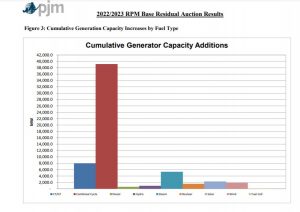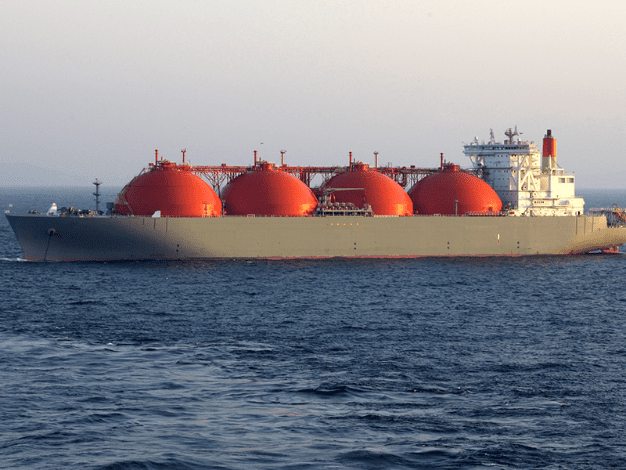American natural gas exports and use by the domestic power sector reached records in 2020, new federal Energy Information Administration (EIA) data confirms, demonstrating the strength of this critical resource to affordably, reliably, and cleanly meet growing global energy demand.
Surging to 5.5 trillion cubic feet (tcf) last year, natural gas exports increased 13% from 2019 levels. And consumption of the domestic resource from the power sector reached 11.6 tcf in 2020, a 3% increase from 2019. This marks the fifth time electricity consumed the most natural gas of all economic sectors in the past six years, according to the data.
“Natural gas has become an increasingly important source of energy for U.S. electricity over the past several years,” according to EIA.
Notably, EIA’s findings come after new Berkeley Lab data attributed both natural gas and renewable capacity growth to our nation’s carbon emission reductions over the last 15+ years. Instead of increasing emissions tied to electricity generation, “the U.S. cut power sector emissions 52% below projected levels,” the report details.
America’s shale revolution played a large role in the rising importance of natural gas for energy use, primarily because it led to the widescale deployment combining horizontal drilling with hydraulic fracturing technology that “allow operators to more economically produce natural gas from shale formations,” EIA underscores.
Having an abundant, on-demand supply of clean natural gas has buoyed the U.S. economy and increased middle class job opportunities, improved our country’s environment, has served as a means of energy and national security, and has dramatically reduced energy costs for American consumers.
The PJM Interconnection, for example – the grid operator that services ~65 million customers from Chicago to Washington, D.C. – has the lowest capacity prices in the Northeast. Uncoincidentally, natural gas combined cycle is by far PJM’s largest capacity share by energy source.

And consumers here are likely to see these savings increase, as PJM recently announced plans to add 3,414 megawatts of natural gas-fired capacity to the grid operator’s power supply between June 2022 and May 2023 in order to meet demand at the lowest cost for customers.
In Pennsylvania, new natural gas power generating capacity continues to come online, most recently with state permit approvals of the $1.5 billion Renovo Energy Center proposed in Clinton County.
The project’s two natural gas combined cycle plants will “use the latest, most advanced combustion turbine and emissions-control technology available today to deliver a clean source of base load electricity,” according to a letter from local officials.
“REC’s operations will be a positive factor in this regard and can be expected to actually help to improve the air quality as PA continues to shift more generation away from these older and higher emitting sources,” the group wrote.
Not only will the REC provide clean power to the electrical grid, it will also strengthen the overall economy in Renovo Borough and Clinton County by expanding the tax base, generating revenue for local businesses, and contributing to the local economy during construction and operation phases.
And as EIA notes, U.S. LNG exports have grown substantially over the years; in 2017, our country became a net energy exporter for the first time since the late 1950’s.
2020’s record export levels reflect growing global demand, particularly in Asia, to affordably achieve climate goals without threatening reliability. This demand outlook presents a unique opportunity for America to invest, build, and expand our energy export capacity to support allies across the world as well as our aligned climate goals.
As MSC president Dave Callahan recently wrote in the Pittsburgh Post-Gazette:
“American natural gas exports can provide immediate and long-term global climate solutions. Our allies around the world, especially in developing regions, need affordable and cleaner energy. We have the opportunity to take a leadership role in meeting that demand, rather than ceding ground and political leverage to competing energy-producing nations that don’t produce energy in a way that’s anywhere close to how safely we do it here.”





